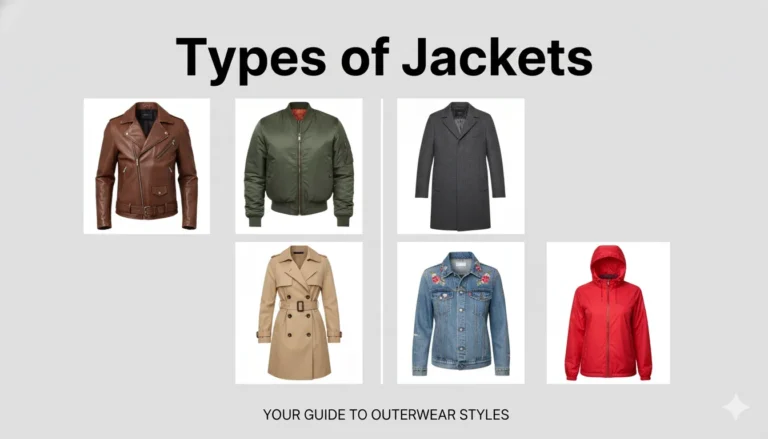Nylon fabric is a popular synthetic material known for its strength, durability, and versatility. It is used in many products, from clothing to outdoor gear, because it handles wear and tear well while remaining lightweight. Understanding how to work with nylon can make sewing projects easier and more successful, especially since it behaves differently than natural fabrics.
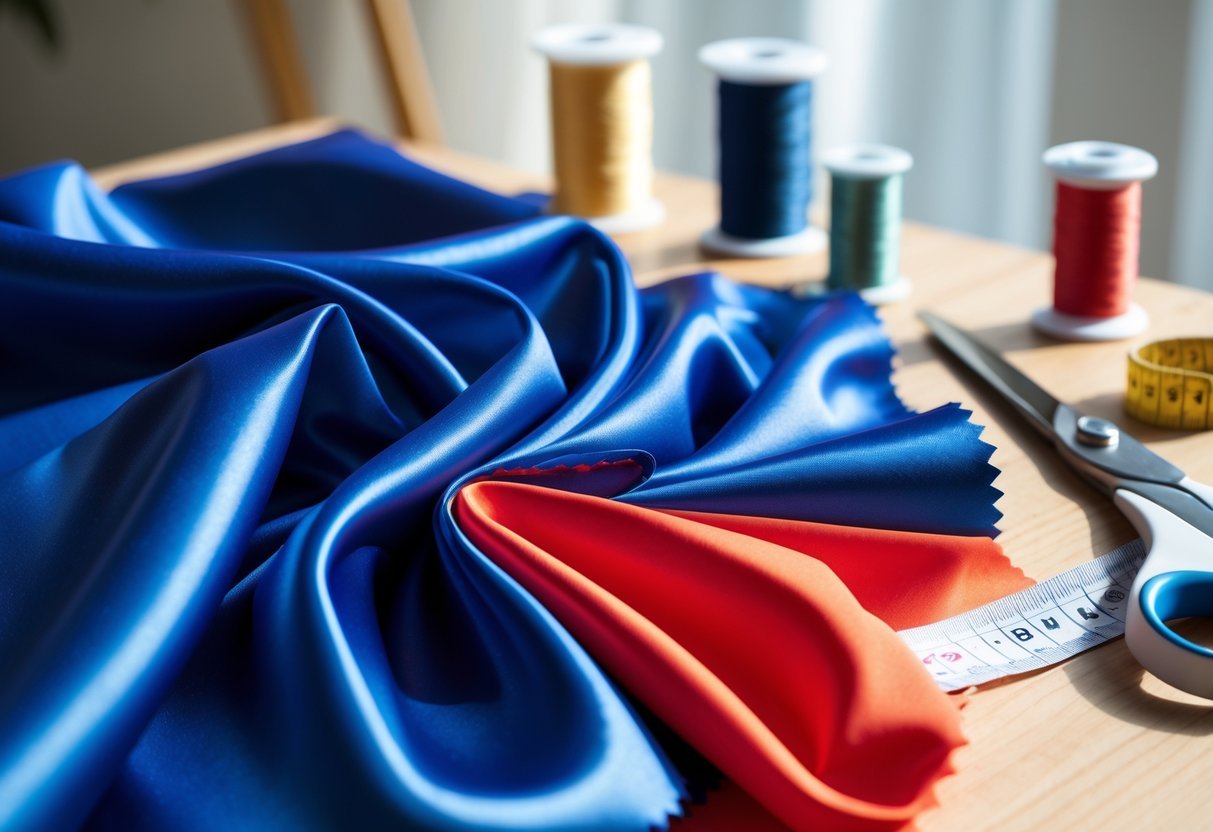
This guide covers the basics of nylon fabric, including the types available and how to prepare and sew them correctly. By learning the right tools and techniques, anyone can handle nylon effectively, avoiding common issues like puckering or snagging. This knowledge helps create strong, long-lasting pieces that keep their shape and performance over time.
Whether sewing for fashion or technical use, knowing the characteristics of nylon is key to a smooth experience. Handling nylon requires attention to detail and the right approach but opens up many creative and practical possibilities.
Key Takeaways
- Nylon fabric is strong, lightweight, and versatile for many uses.
- Preparing nylon with proper tools and care improves sewing results.
- Learning specific techniques helps avoid damage and enhances durability.
What Is Nylon Fabric?
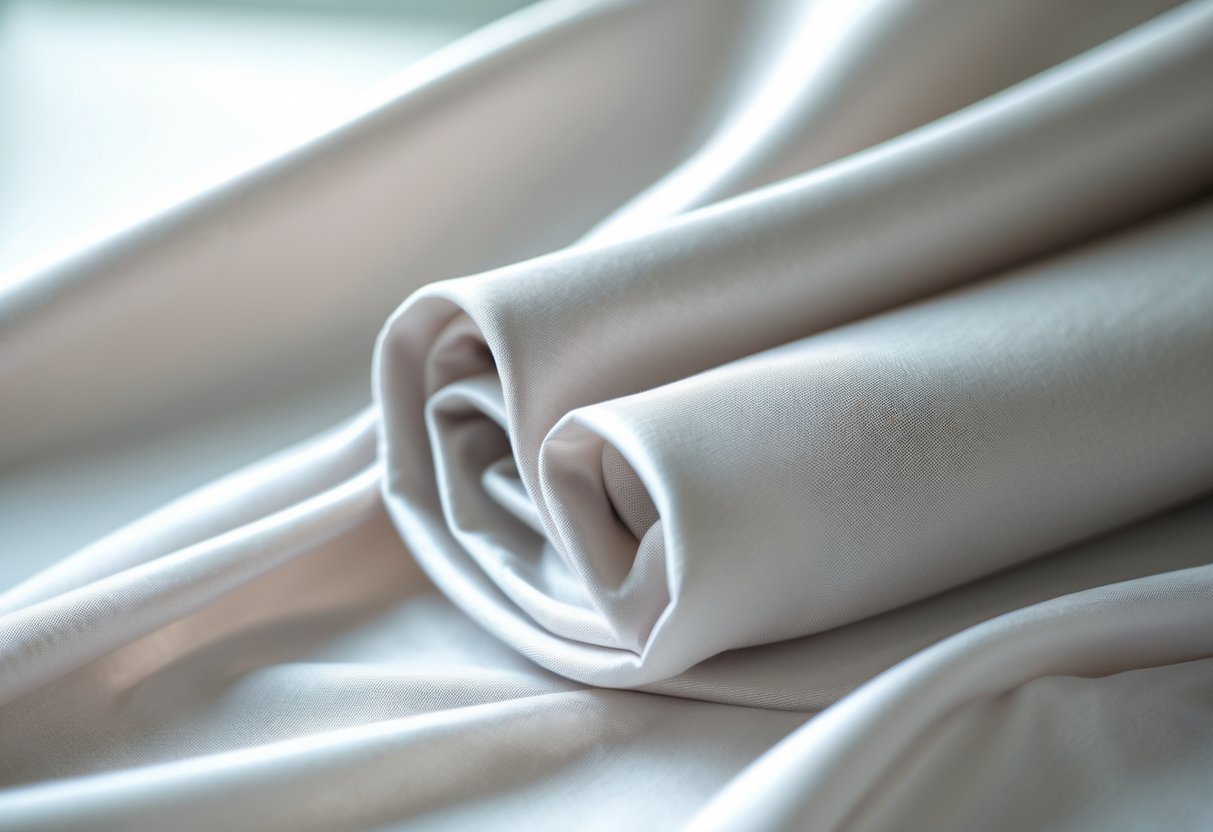
Nylon fabric is a type of synthetic material made from long chains of polymers. It is known for its strength, flexibility, and resistance to wear and moisture. These qualities make it a common choice for clothing, industrial use, and everyday items. Understanding nylon’s origin, properties, and how it compares to other synthetic fabrics helps clarify why it remains popular.
Origins of Nylon
Nylon was developed in the 1930s by the DuPont Corporation as one of the first synthetic fibers. It was created to replace natural fibers like silk, especially for products requiring extra strength, such as stockings. Nylon fibers result from a chemical process called polymerization, which combines petrochemical-based monomers into long chains.
This process forms a plastic called polyamide, which is melted and spun through tiny holes to create thin, strong fibers. These fibers are stretched to increase their strength and elasticity. Nylon’s synthetic origin means it does not come from plants or animals, setting it apart from fabrics like cotton or wool.
Key Properties of Nylon
Nylon fabric is strong and durable. It can handle stretching without breaking, thanks to its high tensile strength and elasticity. This makes nylon great for clothes that need to fit well and keep their shape, such as activewear and hosiery.
It also resists abrasion, meaning it doesn’t wear down easily when rubbed. Nylon can repel water to some degree and dries faster than many natural fabrics, but it still absorbs a small amount of moisture. Additionally, it is lightweight, which helps keep garments comfortable and easy to wear.
Nylon vs. Other Synthetic Fabrics
Compared to fabrics like polyester and acrylic, nylon usually offers higher strength and better elasticity. Polyester tends to be more resistant to UV damage and wrinkles, while acrylic is often warmer but less strong.
Nylon fibers typically feel smoother and silkier than many other synthetics. Its quick-drying and abrasion-resistant qualities make it well-suited for outdoor gear and industrial products. Unlike some synthetics, nylon’s balance of softness, strength, and stretchability helps it remain a preferred choice in many uses.
Types of Nylon Fabric
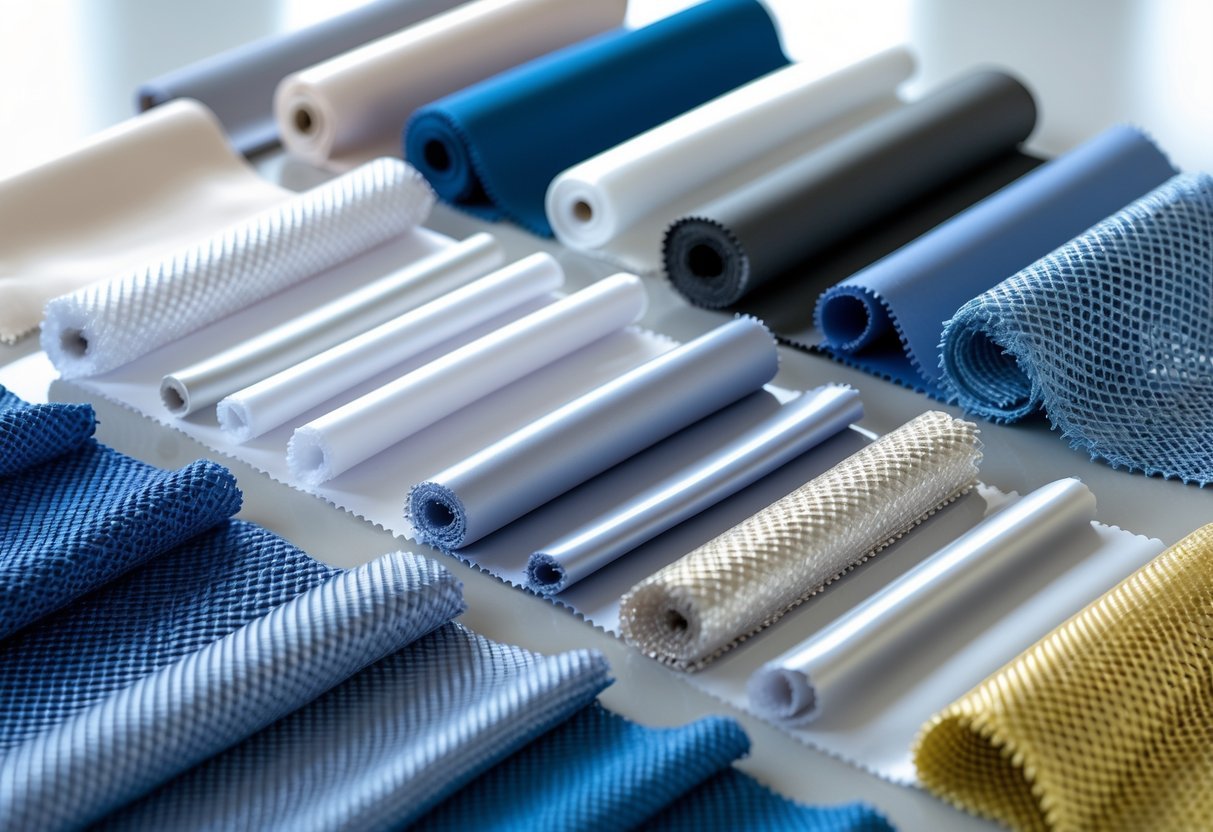
Nylon fabric comes in several forms with different chemical structures and uses. Each type offers unique features like strength, stretch, or environmental benefits. Knowing these can help choose the right nylon for apparel, outdoor gear, or industrial applications.
Nylon 6 and Nylon 6,6
Nylon 6 and Nylon 6,6 are two main types of nylon fibers. Nylon 6,6 is made from two different monomers, which gives it high melting point and strength. It is often used in heavy-duty products like ropes, industrial fabrics, and some ripstop nylon fabric. This makes it ideal for items needing extra durability and abrasion resistance.
Nylon 6 is made from one monomer type and has a slightly lower melting point but better elasticity and moisture resistance. It is common in clothing, athletic wear, and swimwear. Both types are strong and lightweight, but Nylon 6 is more flexible, while Nylon 6,6 offers higher heat tolerance.
Specialty Nylon Blends
Specialty nylon blends enhance nylon by mixing it with other fibers or by altering its structure. These blends can improve softness, stretch, or add water resistance. For example, blending nylon with spandex increases stretch and comfort, common in sportswear.
Some fabrics combine nylon with natural fibers like cotton to balance durability with breathability. Ripstop nylon fabric, known for its grid pattern weave, is a specialty nylon used in tents, backpacks, and parachutes because it resists tearing while staying lightweight.
Recycled and Bio-Based Nylon
Recycled nylon comes from repurposed materials like fishing nets or fabric scraps. This type reduces waste and energy use compared to new nylon. It keeps much of the original nylon’s strength and moisture-wicking properties, making it good for outdoor gear and fashion items focused on sustainability.
Bio-based nylon is made partly from renewable sources like plant oils. It has a lower carbon footprint than traditional nylon but retains similar durability and stretch. Both recycled and bio-based nylons are growing in demand as industries seek greener material options without sacrificing performance.
Popular Uses for Nylon Fabric
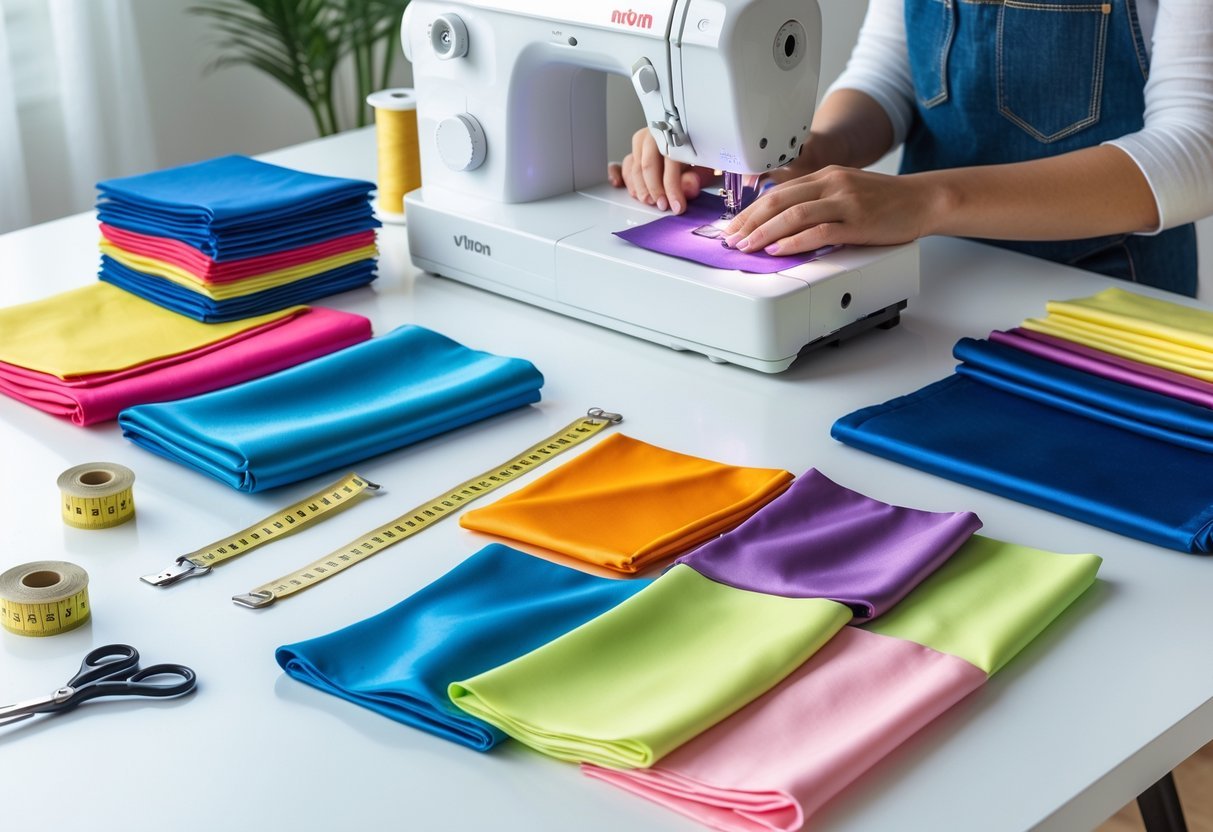
Nylon fabric is chosen for many products because of its strength, elasticity, and resistance to wear. It adapts well to different needs, from clothing to tough outdoor gear and tough industrial uses.
Nylon Stockings and Apparel
Nylon stockings remain popular due to their smooth texture and elasticity. They stretch well and keep their shape, making them comfortable for daily wear. Nylon’s moisture-wicking ability helps keep the skin dry.
In apparel, nylon is used in items like athletic wear, swimwear, and even windbreakers. It is lightweight and dries fast, which is ideal for active lifestyles. Form-fitting clothes benefit from nylon’s stretch and recovery features. It also resists wrinkles, making clothes easier to care for.
Outdoor Gear and Equipment
Ripstop nylon fabric is often used in outdoor gear because it is tough and resists tearing. This fabric is woven with a reinforcement pattern, making it reliable for backpacks, tents, and camping supplies.
Nylon’s durability and water resistance make it ideal for equipment exposed to the elements. It is also common in ropes and cords used in hiking and climbing. These properties help gear last longer under rough conditions.
Home and Industrial Applications
Nylon fabric is used in home decor, such as curtains and upholstery, because it handles wear and stains well. It is easy to clean and maintains color over time.
In industry, nylon’s strength supports uses in automotive parts, industrial ropes, and packaging materials. Its abrasion resistance is valuable where durability is essential. Nylon’s versatility extends to areas requiring both flexibility and high performance.
Preparing Nylon Fabric for Sewing
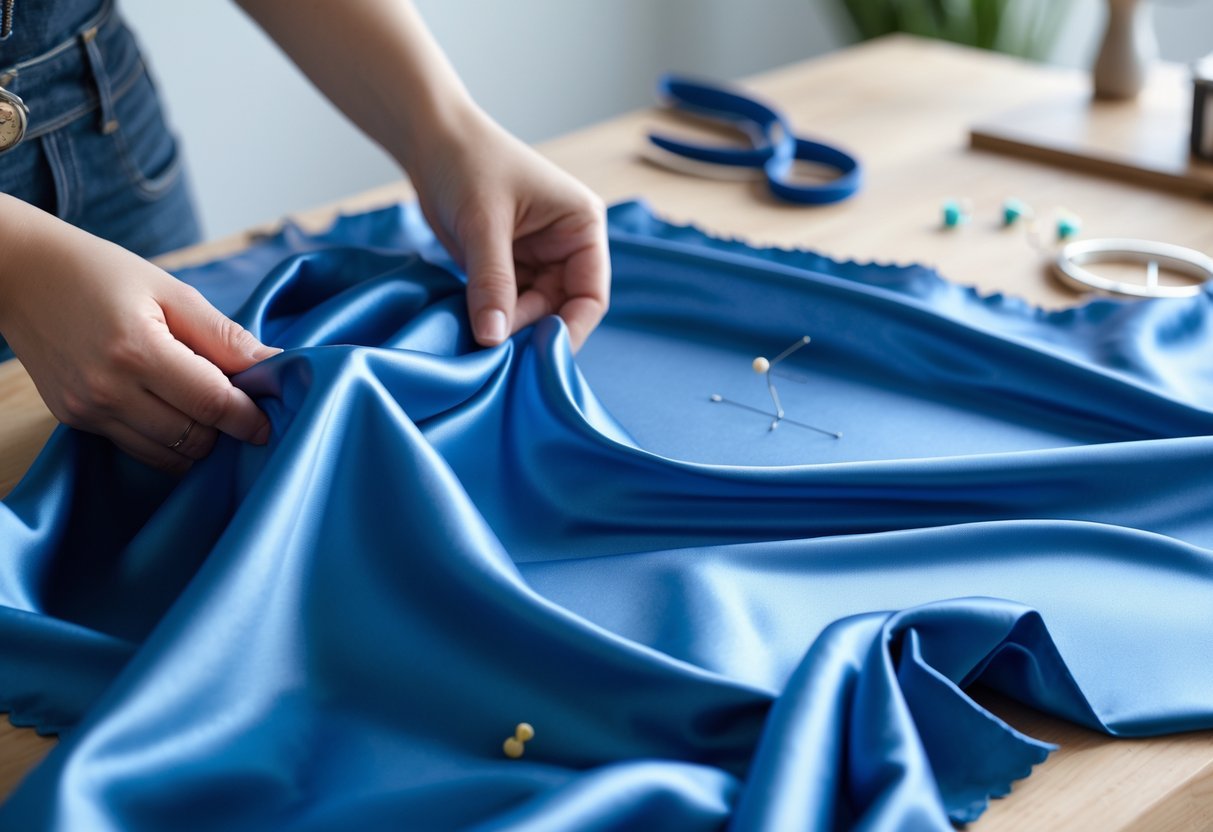
Nylon fabric requires careful handling before sewing to ensure clean seams and durability. Proper preparation reduces issues like stretching, slipping, and frayed edges. The right steps include washing, cutting with sharp tools, and a thorough check for any flaws.
Pre-Washing and Drying
Nylon should be washed before cutting or sewing. Washing removes chemicals and helps stabilize the fabric’s stretch. Use cold water and a mild detergent, either by hand or machine. Avoid hot water because it can shrink or damage the fabric.
After washing, nylon must be dried on a low heat setting. High heat can cause shrinking or warping. If wrinkles appear, use a warm iron carefully. Ironing helps smooth the surface for easier sewing but keep the temperature moderate to avoid melting the synthetic fibers.
Cutting Techniques
Cutting nylon fabric requires sharp tools to avoid frayed edges. Scissors should be very sharp, or better yet, use a rotary cutter. Dull blades cause snagging and uneven edges, which complicate sewing.
Keep the fabric flat and taut while cutting. Nylon is slippery, so holding it steady is important. Avoid pins to secure pieces because pins can leave holes or distort the fabric. Instead, use clips or double-sided tape designed for fabrics.
Checking for Imperfections
Before sewing, inspect nylon fabric closely for defects. Look for loose threads, uneven textures, or any attached debris. Small imperfections can cause problems during stitching or weaken the seam.
Trim any stray fibers or loose grains carefully. This helps maintain a smooth sewing process. A clean surface ensures the needle won’t snag and the thread won’t break. Checking fabric quality before starting saves time and improves final results.
Essential Tools and Materials for Sewing Nylon

Working with nylon fabric requires specific tools to handle its slippery texture and strength. Choosing the right needles, threads, and accessories helps ensure smooth sewing and durable seams.
Selecting the Right Needles
For sewing nylon, sharp needles are crucial to avoid snagging or damaging the fabric.
A Universal needle size 70/10 works best for lightweight nylon fabric. For thicker or heavier nylon, like webbing, a size 18 needle is recommended.
Using an old or dull needle can create runs or holes in the fabric, weakening the seam.
Microtex needles are another good option because their fine points penetrate nylon cleanly.
It is important to always start with a new needle and test on scrap fabric to avoid issues.
Best Threads to Use
Polyester thread is the preferred choice for sewing nylon fabric.
Polyester offers high strength and some stretch, matching nylon’s resilience.
Cotton thread should be avoided, as it can weaken and break over time when used with synthetic fabrics.
Nylon thread can work too but polyester is more common due to better durability and ease of use.
Using quality, commercial-grade thread ensures seams last and handle stress without unraveling.
Specialized Sewing Accessories
Certain accessories help manage nylon’s slippery nature for neat, reliable stitching.
Painter’s tape or tissue paper placed under nylon stabilizes the fabric and prevents slipping while sewing.
Pins should be used sparingly or only within seam allowances to avoid permanent holes.
Adjusting the sewing machine to a smaller stitch length (around 1.5-2mm) improves seam strength.
A walking foot attachment may be helpful when sewing thick or multiple layers to maintain even feeding.
Seam sealants can be applied after sewing to waterproof seams on outdoor nylon gear.
Techniques for Sewing With Nylon
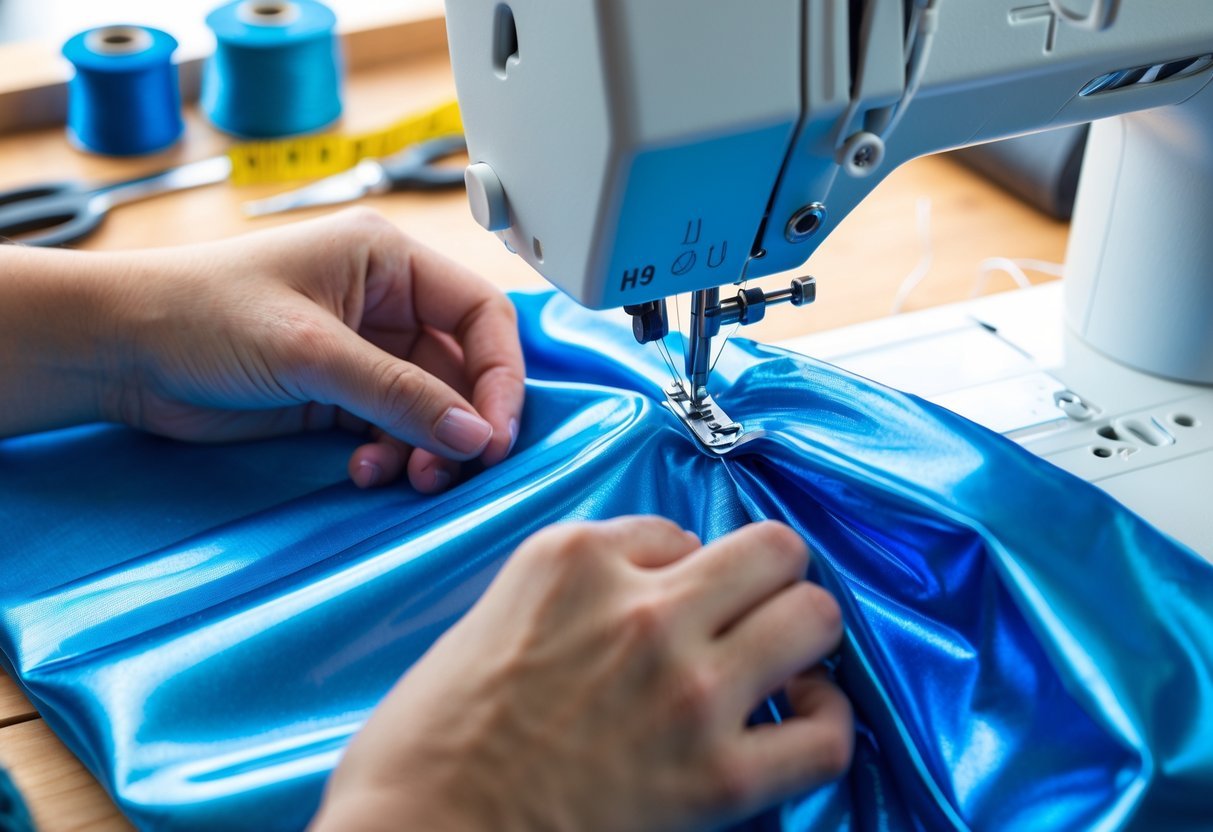
Working with nylon fabric requires specific methods to handle its slippery texture and synthetic nature. Adjusting machine settings, preventing shifting and fraying, and securing seams properly will help create strong, clean, and lasting projects.
Machine Settings and Stitch Types
When sewing nylon fabric, it is important to use a sharp needle sized 70/10 or 80/12 designed for synthetic or lightweight fabrics. This helps prevent snags and holes.
The sewing machine’s tension should be loosened slightly to avoid puckering or damaging the fabric. A moderate stitch length between 2.5 and 3.0 mm works well and helps ensure smooth seams.
A straight stitch is generally preferred for strong seams. However, a narrow zigzag stitch can add flexibility when seams need some give or stretch.
Slowing down the machine speed can improve stitch accuracy and prevent fabric from slipping during sewing.
Preventing Slipping and Fraying
Nylon is smooth and slippery, so stabilizing the fabric before cutting and sewing is crucial. Using rotary cutters and rulers helps to cut clean edges accurately.
To prevent slipping, a walking foot or roller foot attachment can be used. These help feed the slippery nylon evenly through the machine without bunching.
Fraying can be reduced by securing raw edges immediately after sewing. Using a serger or zigzag stitch along edges will keep the fabric intact.
Additionally, pinning nylon carefully or using fabric clips instead of pins can minimize shifting during construction.
Finishing Seams for Durability
Finishing seams properly is critical to keep nylon projects strong and neat. Reinforcing stress points like corners or heavy-use areas with backstitching adds extra strength.
Seam allowances should not be stretched while sewing or pressed. Instead, pressing nylon with a cool iron and a pressing cloth prevents melting or distortion.
Edges can be finished with overcasting stitches, serging, or binding to avoid unraveling.
Topstitching seams can improve seam durability and give a clean, professional appearance to nylon garments or gear.
Working With Ripstop Nylon Fabric
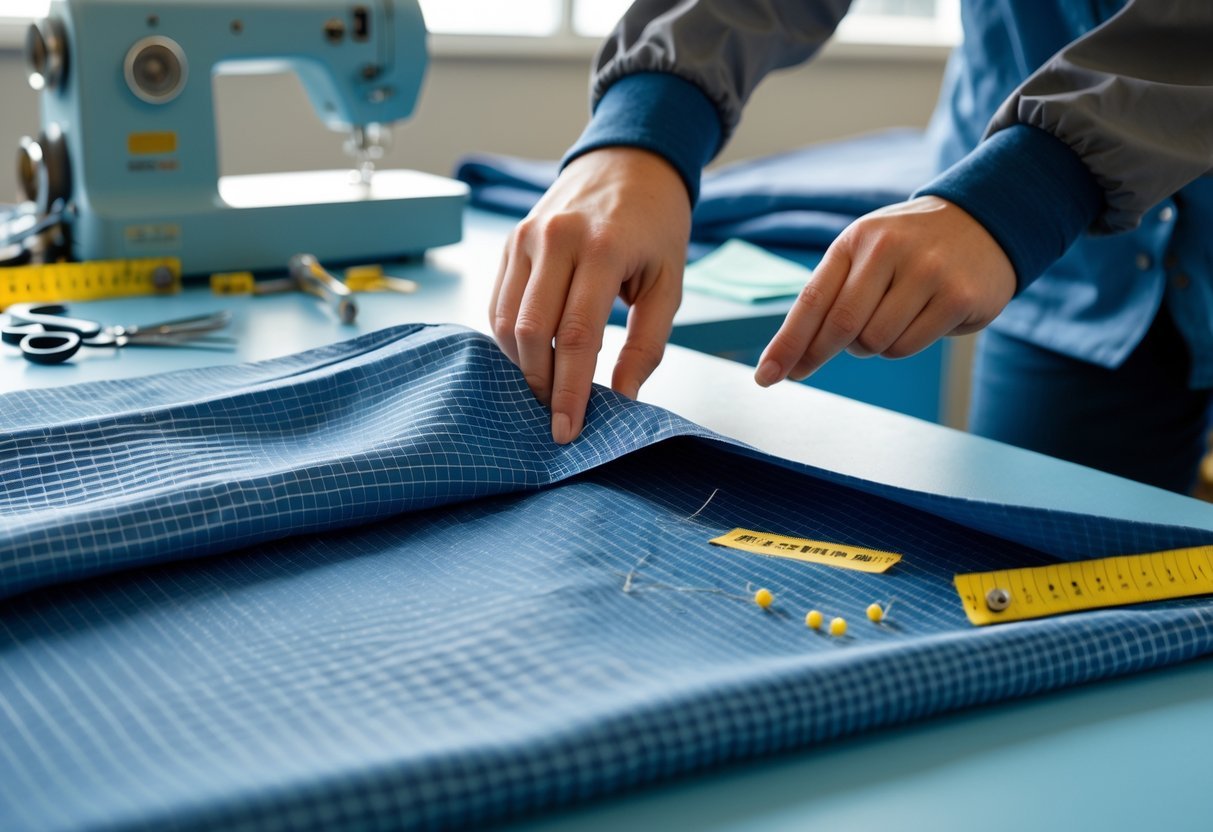
Ripstop nylon fabric features a unique weave that provides strength without adding weight. Handling this material requires sharp tools and careful techniques to avoid damage. Sewing it demands the right needles, thread, and machine settings to ensure clean, durable seams.
Characteristics of Ripstop Nylon
Ripstop nylon is woven with thicker threads in a grid pattern that prevents tears from spreading. This design combines light weight with high durability. It is often treated for water resistance or waterproofing, making it suitable for outdoor gear, apparel, and accessories.
The fabric is resistant to wind and abrasion while remaining breathable. It comes in various weights, from lightweight for kites and parachutes to heavier for tents and backpacks. Coated versions may be slippery and sensitive to heat, requiring careful handling.
Cutting and Handling Tips
Using sharp scissors or a rotary cutter is essential for clean cuts that minimize fraying. The fabric can be slippery, so weights or clips are better than pins to hold pieces in place. Cutting slightly larger pieces helps manage shifting.
Avoid pre-washing, especially if the fabric has water-repellent coatings. If ironing is needed, use low heat and a pressing cloth to prevent damage. Marking tools should be tested first to ensure they don’t leave permanent marks or damage the material.
Sewing Ripstop Nylon Successfully
A sharp needle sized 70/10 or 80/12 is best to pierce the dense weave without making large holes. Polyester or nylon thread provides the needed strength; cotton thread is not recommended.
Sew with longer stitches—about 8 to 12 per inch—to avoid perforating the fabric. Use a walking foot or nonstick presser foot to feed slippery or coated fabrics evenly. Reduce presser foot pressure if puckering occurs, and sew slowly to control fabric movement and achieve straight seams.
Frequently Asked Questions
Nylon fabric stands out for its strength, flexibility, and resistance to water and abrasion. Proper preparation and sewing techniques help ensure smooth handling, while specific care methods preserve its durability and look over time.
What are the key differences between nylon and other synthetic fabrics?
Nylon is stronger and more elastic than many synthetic fabrics like polyester. It resists abrasion better and is lightweight. Unlike some synthetics, nylon can absorb moisture, which helps with breathability but may also affect drying time.
How should nylon fabric be prepared before sewing?
Before sewing, nylon should be washed or wiped clean to remove any finishes or coatings. It’s important to stabilize the fabric by pinning or using weights to prevent shifting. Cutting with sharp scissors helps achieve clean edges and avoids fraying.
What are the best sewing techniques for nylon fabric?
Use a fine needle and a straight stitch to avoid damaging the fibers. Sewing slowly with even tension prevents puckering. For strong seams, double stitching or using a serger works well. It helps to avoid backstitching on delicate nylon to reduce bulk.
Can nylon fabric be ironed, and if so, how?
Nylon can melt under high heat. It should be ironed on the lowest temperature or with a protective cloth between the iron and fabric. Using steam carefully can help remove wrinkles, but direct contact with a hot iron is not recommended.
What type of thread and needle should be used with nylon fabric?
A fine, strong polyester thread is ideal as it matches nylon’s flexibility and strength. Use a size 70/10 or 80/12 sharp needle to sew nylon to avoid snagging or holes. The needle type should match the nylon’s weight and texture for best results.
How can nylon fabric be cared for to maintain its durability and appearance?
Nylon should be washed in cold water on a gentle cycle. Avoid fabric softeners as they reduce water resistance and breathability. Air drying is best to prevent heat damage. Stains can be treated with mild soap and a soft brush without harsh chemicals.


